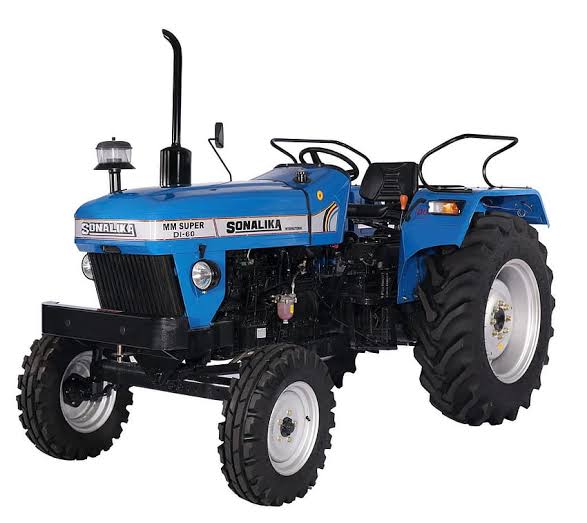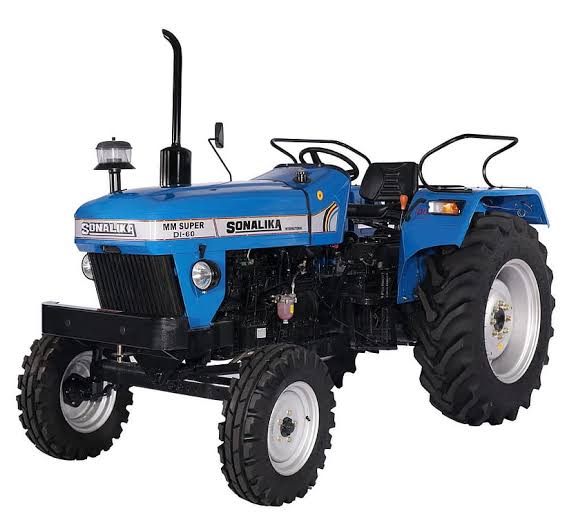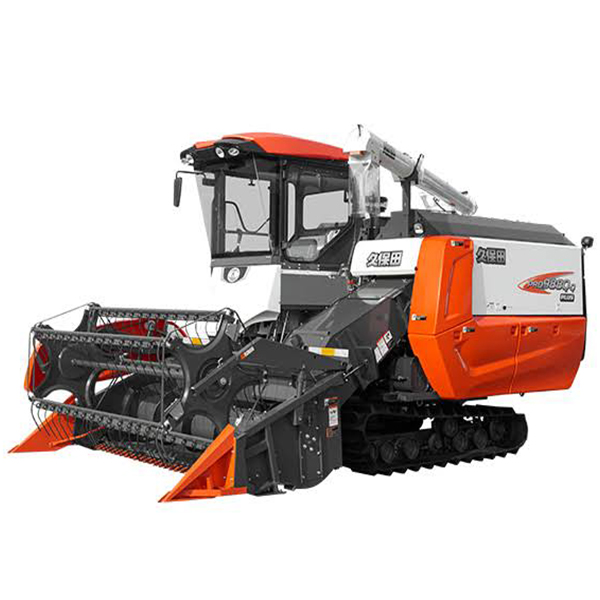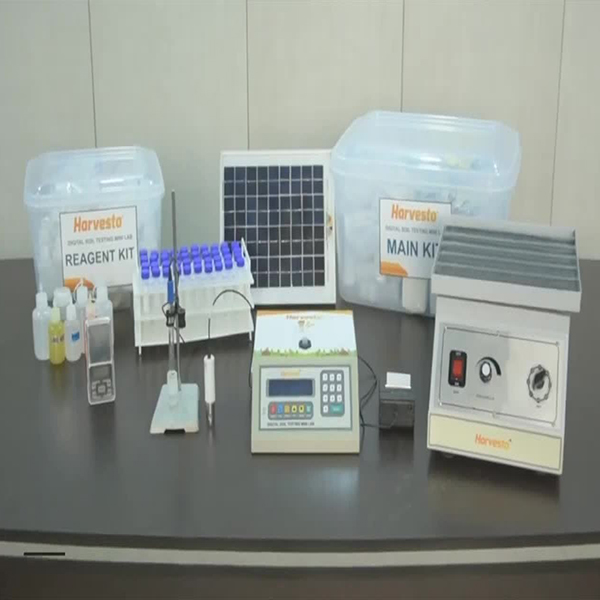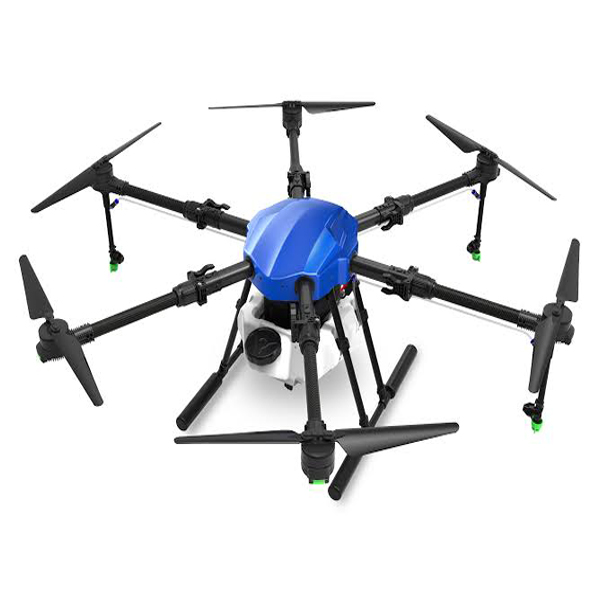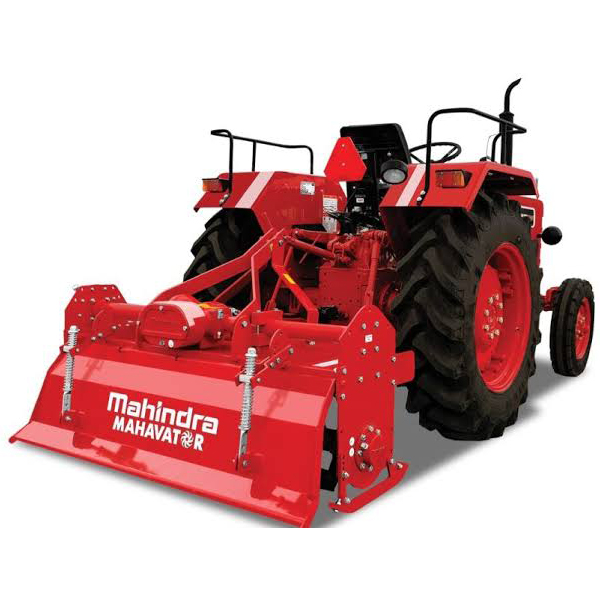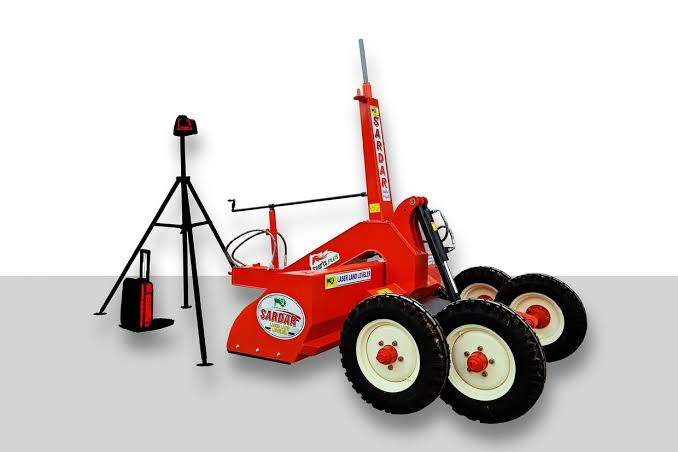Tractor
Product - Tractor
A tractor is a powerful and versatile vehicle used in agriculture, construction, and various other industries. It is primarily designed to provide the necessary power and traction for pulling or pushing heavy loads, operating machinery, and performing a wide range of tasks.
Here are some key features and functions of a tractor:
Power and Traction: Tractors are equipped with engines that generate significant power to perform various tasks. They have large, rugged tires with deep treads to provide traction and grip, allowing them to operate in challenging terrain or adverse weather conditions.
Pulling and Pushing: Tractors are commonly used for pulling or pushing implements, machinery, or trailers. They have a hitch or drawbar at the rear that allows them to connect to a variety of implements, such as plows, harrows, mowers, seeders, balers, or trailers. This enables them to perform tasks like soil preparation, planting, harvesting, material transport, and more.
Power Take-Off (PTO): Tractors typically have a PTO shaft that transfers power from the engine to operate different types of machinery. The PTO can be used to power equipment such as mowers, hay balers, grain augers, pumps, or generators, expanding the tractor's functionality and versatility.
Hydraulic Systems: Tractors often incorporate hydraulic systems that enable the control of implements and attachments. Hydraulics are used to raise, lower, or adjust the position of equipment, control the flow of fluids, and apply force for tasks like lifting heavy loads or operating hydraulic cylinders.
Versatility and Attachment Compatibility: Tractors are designed to be compatible with a wide range of attachments and implements. They can be equipped with front-end loaders, backhoes, blades, forks, sprayers, or specialized equipment specific to the task at hand. This versatility allows tractors to perform various functions across different industries.
A tractor is a powerful and versatile vehicle used in agriculture, construction, and various other industries. It is primarily designed to provide the necessary power and traction for pulling or pushing heavy loads, operating machinery, and performing a wide range of tasks.
Here are some key features and functions of a tractor:
Power and Traction: Tractors are equipped with engines that generate significant power to perform various tasks. They have large, rugged tires with deep treads to provide traction and grip, allowing them to operate in challenging terrain or adverse weather conditions.
Pulling and Pushing: Tractors are commonly used for pulling or pushing implements, machinery, or trailers. They have a hitch or drawbar at the rear that allows them to connect to a variety of implements, such as plows, harrows, mowers, seeders, balers, or trailers. This enables them to perform tasks like soil preparation, planting, harvesting, material transport, and more.
Power Take-Off (PTO): Tractors typically have a PTO shaft that transfers power from the engine to operate different types of machinery. The PTO can be used to power equipment such as mowers, hay balers, grain augers, pumps, or generators, expanding the tractor's functionality and versatility.
Hydraulic Systems: Tractors often incorporate hydraulic systems that enable the control of implements and attachments. Hydraulics are used to raise, lower, or adjust the position of equipment, control the flow of fluids, and apply force for tasks like lifting heavy loads or operating hydraulic cylinders.
Versatility and Attachment Compatibility: Tractors are designed to be compatible with a wide range of attachments and implements. They can be equipped with front-end loaders, backhoes, blades, forks, sprayers, or specialized equipment specific to the task at hand. This versatility allows tractors to perform various functions across different industries.
1 review for “Fresh Red Seedless”

Prabhat Kumar
This is test review of the product

Test
Lorem Ipsum is simply dummy text of the printing and typesetting industry. Lorem Ipsum has been the industry's standard dummy text ever since the 1500s, when an unknown printer took a galley of type and scrambled it to make a type specimen book
